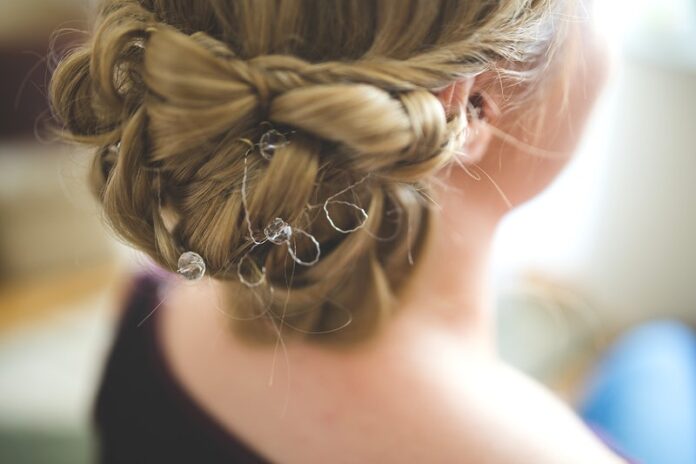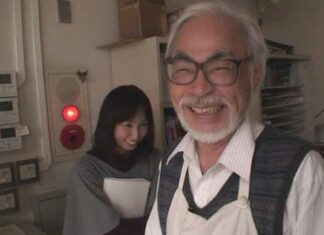Hair accessories existed even as early as the prehistoric era when hair ornaments consisted of one-pronged stick hairpins, flower crowns in ancient Rome and Greece, and feathers and bones in Native American headdresses.
Ancient Egyptians wore curved wooden combs in their hair during the Bronze Age. Ancient Welsh women wore gold lock rings and kogai pins by ancient Japanese women to ward off evil spirits.
Early civilizations also wore cloth ornaments, for example, braided textiles among the Aztecs and Mayans. Incan women wore headbands and comb cloth hairdressers, while in France in the 17th-century, hair ribbons were popular.
Men also wore hair accessories, such as headbands among Mesopotamians and hair ribbons and bows among Europeans and Americans in the 17th-18th century. This guide is all about types of hair accessories with detail.
Top types of hair accessories
1. The Barrettes
In general, barrettes have a smaller diameter than hair clips, which makes them ideal for holding back thin hair or the hair on the side of the head. You can wear them in several different ways depending on their size and the style you want for your hair.
Read more: Tribal Braids Side Part: A Comprehensive Guide About Tribal Braids Side Part
Small barrettes clips can be worn around the face to pull back stray bits of hair, while larger barrettes are worn at the back of the head to pull back the majority of the person’s hair. However, other barrettes are meant to be worn as ornaments.
2. The Headbands
The scarf can be worn anywhere on the head, from the forehead to the top of the head. These accessories can be worn purely for cosmetic reasons, but they are also commonly used to keep hair out of the eyes. There are a few varieties of materials that they can be made from.
As a general rule, headbands are usually made of a single loop of material that is very elastic, so they will stretch to fit over the head and then fit snugly. A piece of metal or plastic formed into a flexible shape is another popular type of headband. Headbands like these can be slipped over the top of the head and will generally remain in shape, even though they have a bit of a give.
Although formed headbands are popular because they won’t lose their shape, fabric headbands are significantly more comfortable to wear for long because they will conform to the head and won’t dig into it.
To keep hair away from your face, you should consider wearing a hard headband with teeth. Teeth on these brushes work similarly to those on combs and do a great job holding hair in place. However, they tend to dig into the skin more than usual.
Headbands have become a trendy way to dress up for an occasion or holiday. Depending on the holiday, a complex, molded headband is sometimes ornamented with a reindeer, bunny ear, pumpkin, or heart. It’s easy to find ones that match your everyday outfit, even if you don’t care to dress up for a special occasion, since headbands come in many colors and designs.
It is a good idea to think about wearing a firm headband with teeth if you are concerned about your ability to control stray hair from falling about your face. These teeth, which resemble the teeth on combs and are excellent at holding hair in place, do have a tendency to pierce the skin.
3. The Sweatbands
The design of sweatbands is very similar to headbands, but they are thicker, made of highly absorbent fabric, and worn around the forehead. Their primary purpose is to prevent sweat from getting into the eyes. However, they can also prevent hair from falling into the face and have a fashionable statement about a particular sports team.
4. The Hair Pins
Although there are many different types and styles of hairpins, their purposes are the same, which is to hold someone’s hair in place. A hairpin is generally a very long item made of various materials, which depends on the style and budget you have for buying one.
Traditionally, hairpins were made out of wood, ivory, bone, or metal. They originated in Egypt and Assyria. Nowadays, they are trendy among people around the globe.
There are two types of hairpins: straight and crooked ones. Straight ones have a straight portion of the material, while crooked ones have been bent in half. Those that are straight are sometimes called hair sticks.
Typically, they are between five and nine inches long and are used to hold up hair in a bun or other style. Often very elaborate and decorative, these earrings serve as a great way to add a touch of style to your outfit.
While straight hairpins can be tricky at first, especially since they tend to slip out of hair and don’t have textured surfaces to grip, they are a lovely way to enhance an updo. When you use them for the first time, you will probably use other hair clips and claws until you understand how to hold your hair with just a straight hair stick.
Bobby pins are often in colors that will match a person’s hair color, but you can find bobby pins with rhinestones or even bright colors. Decorative bobby pins won’t necessarily be used to secure hairstyles as much as embellish them.
5. The Elastics and Ties
There are many different names for hair elastics, but they all share the same design and purpose. They are fixed ties that can stretch to fit around hair and help hold it in place. Because they come in different materials, it’s essential to choose one that will suit your needs and be affordable.
The first hair ties were made of leather, but these did not stretch or control the hair as well as elastic ties. Rubber hair ties were popular in the early 19th century. They were hailed as a great invention because they were flexible, self-closing, and available in various colors and sizes.
FAQs (Frequently Asked Questions)
Apart from this, if you are interested to know more about SOFT BOY AESTHETIC then visit our FASHION category.











